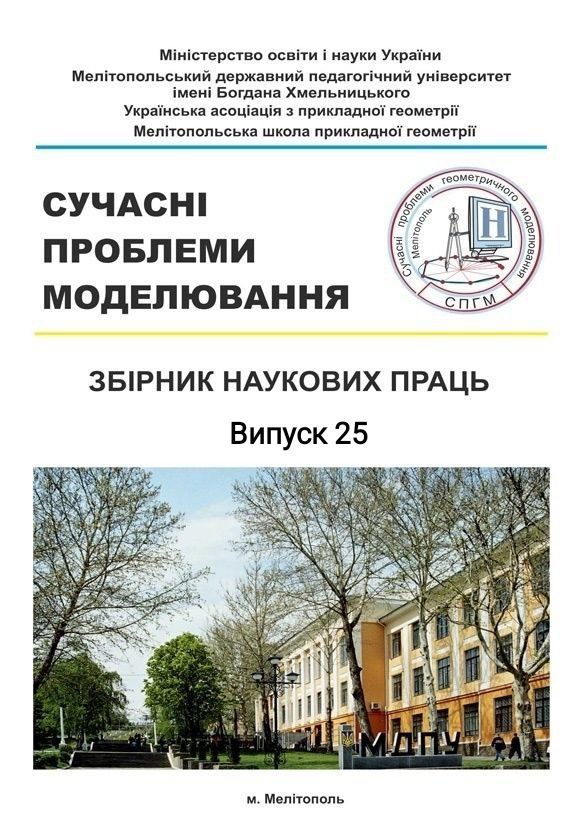HUMAN LIFE CYCLE MODELLING
Abstract
The relevance of the topic, goal, and objectives of the research is substantiated, the purpose of the article is formulated, and an overview of previous publications is made.
The main part presents the results of the human life cycle main events modeling: prenatal development, calculation of age periods, and aging, and also presents the first and final iterations of the life cycle model as a whole.
Life cycle processes are considered within the framework of the theory of self-organization of complex open systems. Abstractions and axioms of the wave model of S-space, which describe its objects, states, operations, interactions, and measurements, as well as means of description and verification, are used as research apparatus. Soliton-wave models of the OM1 type were directly used for modeling.
Based on the available data of anatomy, physiology, and psychology, modeling of three key stages of the prenatal period was carried out: the transition from cellular to embryonic stages, the transition from embryo to fetus, and the transition from the fetal stage to birth. Based on the simulation results, a conclusion was made about the soliton-wave nature of the processes, an assumption was made about the need for resonance, as well as external modulations.
Based on the scenario of self-organization of І-space type (1S, 1О), the duration of age periods was calculated; comparison with empirical data in the field of pedagogy and psychology demonstrates their correspondence. The psychological orientations of the individual for each of these periods have been determined. The last circumstance is important for practical tasks of architecture and design (typology, stylistics, features of ergonomics, and possible directions of development of smart technologies).
Based on the available data on the symptoms of aging, as well as their theoretical interpretations within the framework of gerontological research, a model of human aging is proposed. Within the framework of the soliton-wave model (SWM), aging is considered as a decrease in the potential and a collapse of the system.
The first and final iterations of the life cycle model as a whole are presented. The presence of this model, which corresponds to the known data, allows us to evaluate existing strategies for prolonging life and propose a new strategy.The conclusions evaluate the theoretical and practical significance of the obtained results.
Keywords: life cycle, complex open system, soliton-wave model, theory of self-organization.




